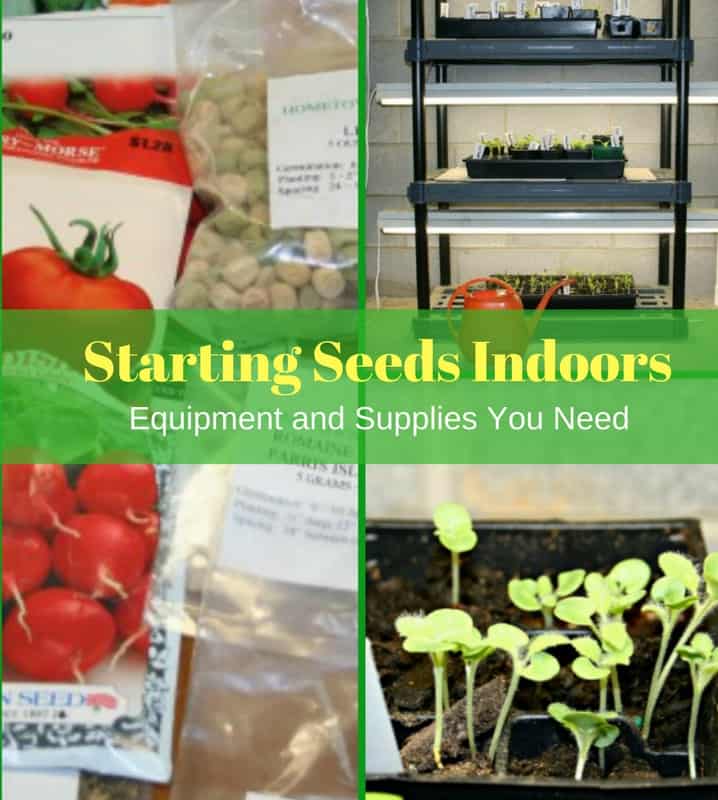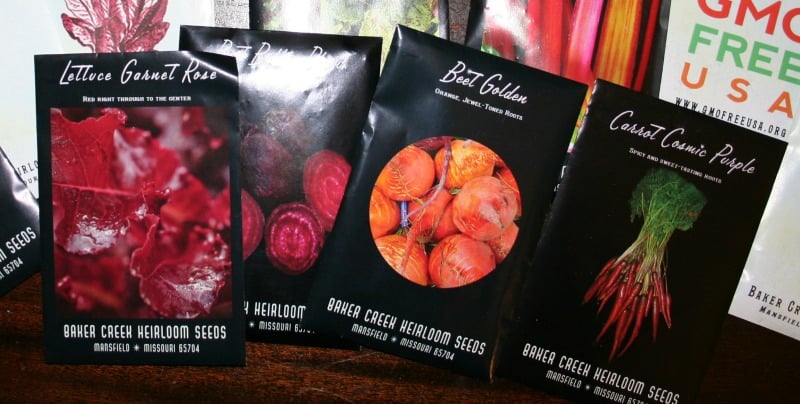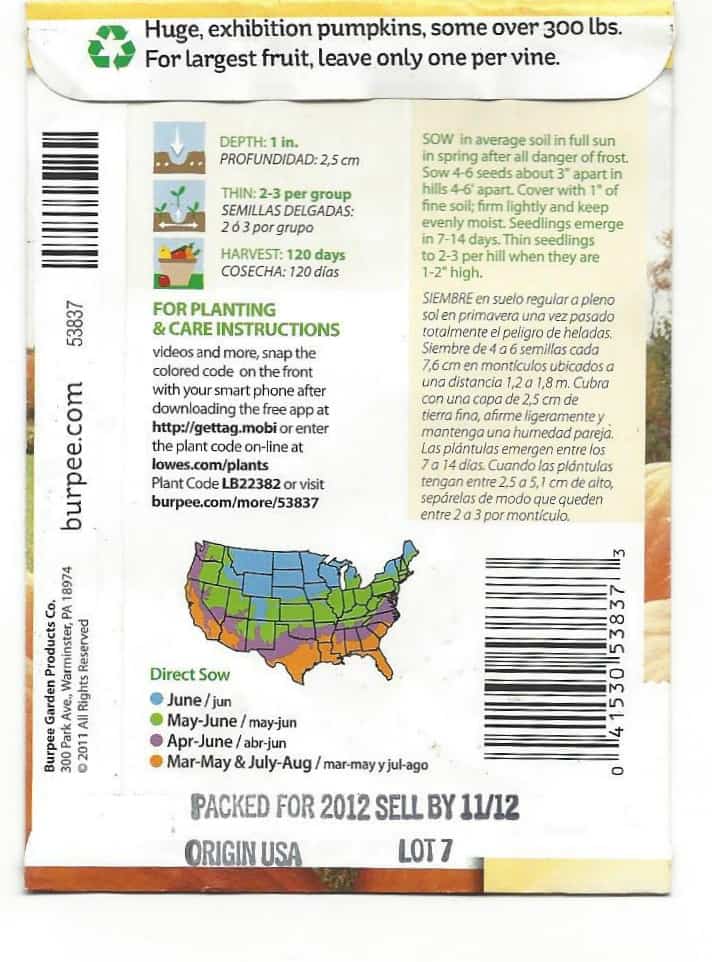When starting seeds indoors, having the right equipment and supplies is important. Here’s a list of the items you need for successfully starting seeds indoors this spring.

Starting Seeds Indoors
If you’re new to backyard gardening, starting seeds indoors may seem like a mysterious task. Should you bother to start seed indoors or plant them directly in the ground? Or should you purchase plants at the garden center instead of trying to start vegetables and flowers from seeds?
Some plants are best to start from seed directly in the garden soil. Among vegetables, many root crops such as beets, turnips, carrots and similar vegetables prefer that their seeds are sown directly into the garden soil at the right time. The ‘right’ time is stated on the back of your seed package. Each seed package comes with detailed instructions, including planting dates and directions on how to plant your garden seeds so that they will germinate.
With other plants, you can start seeds indoors several weeks before the last anticipated frost date for your region (the so-called ‘frost free’ date you see mentioned a lot on Home Garden Joy and in books and magazines.) If you prefer and if it’s easier, you can also buy the same plants at your local nursery and garden center and transplant them into your garden in the spring.
If it’s easier to buy plants already grown and waiting to be planted in the garden, then why bother starting seeds indoors? It’s simple: variety. When I start my backyard garden seeds indoors, I can choose from among hundreds of varieties of tomatoes, peppers, herbs, and flowers for my garden. I can choose heirloom seeds, or seeds handed down over the generations, or I can choose the latest hybrids. I can grow yellow tomatoes or big crimson ones. It may be hard to find such a great variety at the garden center, where limited space means the retailers have to cater to the masses rather than special tastes.
So for those wondering whether starting seeds indoors is worth it, it is if you want to save money or grow special varieties. If you’re unsure you have the time, space, or dedicated to nurturing your seeds through until the spring, wait and buy plants for your backyard garden. It’s better to plant some vegetables than nothing, and it may be easier to wait to choose your plants than to struggle with seed starting if you’re not sure you’ll enjoy it.
Seed Starting Equipment and Supplies
The basic seed starting equipment and supplies that you’ll need include:
- Garden seeds: Vegetable seeds, flower seeds, or any combination of both are fine. Choose seeds from reputable companies and look for details on the back of the seed package to find out when to plant them indoors or outside.
- Seed starting tray: Seed starting trays have small cells or pockets. Many have a tray that fits underneath to capture water that drips out and a clear dome or plastic cover that fits over the top. The dome or cover acts like a miniature greenhouse, preventing the soil from drying out and keeping heat inside.
- Soil: Sterile seed starting mix is the best mixture for starting seeds indoors. It’s a light, powdery, almost fluffy-textured soil filled with small white ‘pebbles’ called vermiculite. These lightweight rocks add drainage to the soil mixture. If you can’t find seed starting mixture, use a good potting soil. Do not use soil dug up from your yard. You may accidentally dig up and bring indoors insect eggs, larva or pupae. You don’t want to hatch a nice crop of flies, beetles, or other insects inside your home.
- Light: Some seeds need light to germinate while others require darkness. All plants need light once the seed germinates. Light sources for indoor seed starting can come from a sunny windowsill or a fluorescent light fixture. While fluorescent lights do not contain the full spectrum of light that plants need for long-term health, they are fine for short-term seed starting indoors.
- Water: A simple watering can and a spray mister are all you need to water your plants.
- Plant markers or stakes: Small plant labels, plant markers or stakes should be used to identify seeds and seedlings. Many plants look-alike when they’re young and it is easy to confuse them. Use a waterproof marker or a pencil to mark the plant’s name on the stick so that daily watering doesn’t wash away the name.
Below you can see a picture of my seed starting area:

It’s not fancy, but it works well for my needs.

Here you can see the plant labels that I use. I label the seed area with the name of the vegetable seed (Tomato) and the variety (Beefsteak on the left, Early Girl on the right.) These plant labels are made from a clean cake frosting can cut apart into strips. You can also use strips of an old Venetian blind or purchase plant labels at any garden center.

Heirloom seeds, such as these packages from Baker Creek Heirloom Seeds, offer the variety that I crave. It’s hard to find similar vegetable seeds at the store or plants at the garden center. These four seed types – lettuce, beets, and carrots – are best sown directly into the garden soil.

The back of the seed package contains all the information that you need to grow your seeds. “Direct sow” means sowing it straight in the garden soil. If these seeds should be started inside, the seed package would provide information on how and when to start seeds indoors.





[…] 6 to 8 weeks before the last frost date for your region. Grow it in flats under grow lights in seed starting mixture. Press the seeds into the soil surface but do not cover them with soil or plant them too deeply; […]